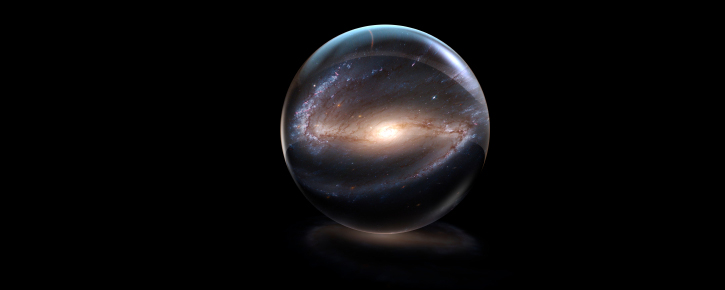The Science Experiment Which Took Off Like A Rocket - Creating Space Ball Bearings

Manufacturing ball bearings is cheap, quick and efficient which is one of the reasons they are used so prolifically in engineering. The main challenge of creating a high quality bearing is ensuring that a near perfect spherical ball is created with a very smooth surface, resulting in fast movement with minimal friction. Although manufacturers have pretty well mastered this art, a group of students in the 80s came up with a method of absolutely guaranteeing the highest quality of stainless steel ball bearings. Their ambitions were beyond sky high; the 12 students proposed travelling into outer space to take advantage of zero gravity and produce a bearing like no other. Little did they know that under ten years after they came up with the idea, four of them would live to see it happen.
The origins of the project
The experiment began in 1984 at the California State University in Northridge. As part of NASA’s ‘Get Away’ programme which offered educational, commercial and governmental bodies the opportunity to fly small experiments out into space aboard shuttle flights, it finally reached outer space in 1991. The group had hoped to launch the experiment as soon as 1985, but competition for places was fierce and certain safety requirements had to be met which proved challenging. As the experiment came up against further obstacles when, in 1986 the ‘Get Away’ programme was put on hiatus, the group gradually dwindled to just four faithful members.
The four raised $8,000 for the project, much of it coming from their own pockets. They also received funding from Industrial Tectonics, a local ball bearing manufacturer which helped to pay NASA the fee for carrying the experiment.
The experiment
The experiment involved devising a self-contained, battery-powered unit which could melt small metal alloy cubes suspended in wax. In theory, melted in space, the steel would form perfect spheres because of zero gravity, unlike on Earth where the metal would always be deformed by gravity’s pull. A perfect sphere would make an excellent ball bearing.
For Jeff Craddock, one of the four who took the experiment to fruition, the most exciting possibility such an experiment brings up is the opportunity to create a hollow sphere. A hollow sphere might make a better bearing because the mass at the centre of the ball increases its overall weight but doesn’t add to its strength. Although hollow bearings are available today, we’re yet to create a hollow ball bearing which can cope with great stress. A hollow bearing from space would, in theory, be able to withstand a lot of pressure.
In order to test for the experiment, the group were given free use of an environmental chamber at National Technical Services. The container was chilled down to minus 115 degrees Fahrenheit to provide test conditions. The trial failed which gave the group the opportunity to improve methodology.
Although the theory behind the experiment dictates that manufacturing ball bearings in this way is viable, the cost of making ball bearings in space make it an unlikely pursuit for manufacturers, unless space stations start to be used for industry and mass production in the future, which isn’t unthinkable. Despite this, the experiment should be valued for inspiring thoughts about how we can take advantage of the different conditions of outer space now space travel is possible.
